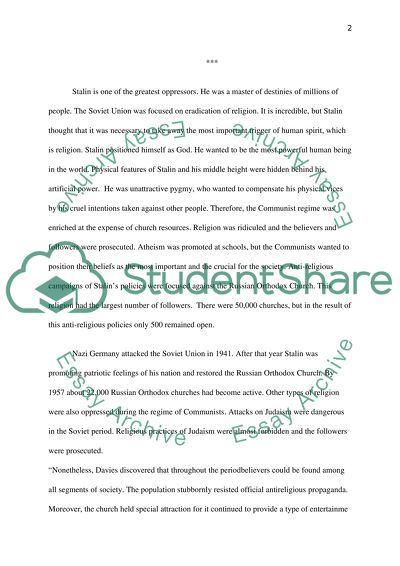Cite this document
(“The Key Factors Dictating Stalins Attitudes And Policies Toward Essay”, n.d.)
Retrieved de https://studentshare.org/history/1401741-the-key-factors-dictating-stalins-attitudes-and-policies-toward-religion
Retrieved de https://studentshare.org/history/1401741-the-key-factors-dictating-stalins-attitudes-and-policies-toward-religion
(The Key Factors Dictating Stalins Attitudes And Policies Toward Essay)
https://studentshare.org/history/1401741-the-key-factors-dictating-stalins-attitudes-and-policies-toward-religion.
https://studentshare.org/history/1401741-the-key-factors-dictating-stalins-attitudes-and-policies-toward-religion.
“The Key Factors Dictating Stalins Attitudes And Policies Toward Essay”, n.d. https://studentshare.org/history/1401741-the-key-factors-dictating-stalins-attitudes-and-policies-toward-religion.


